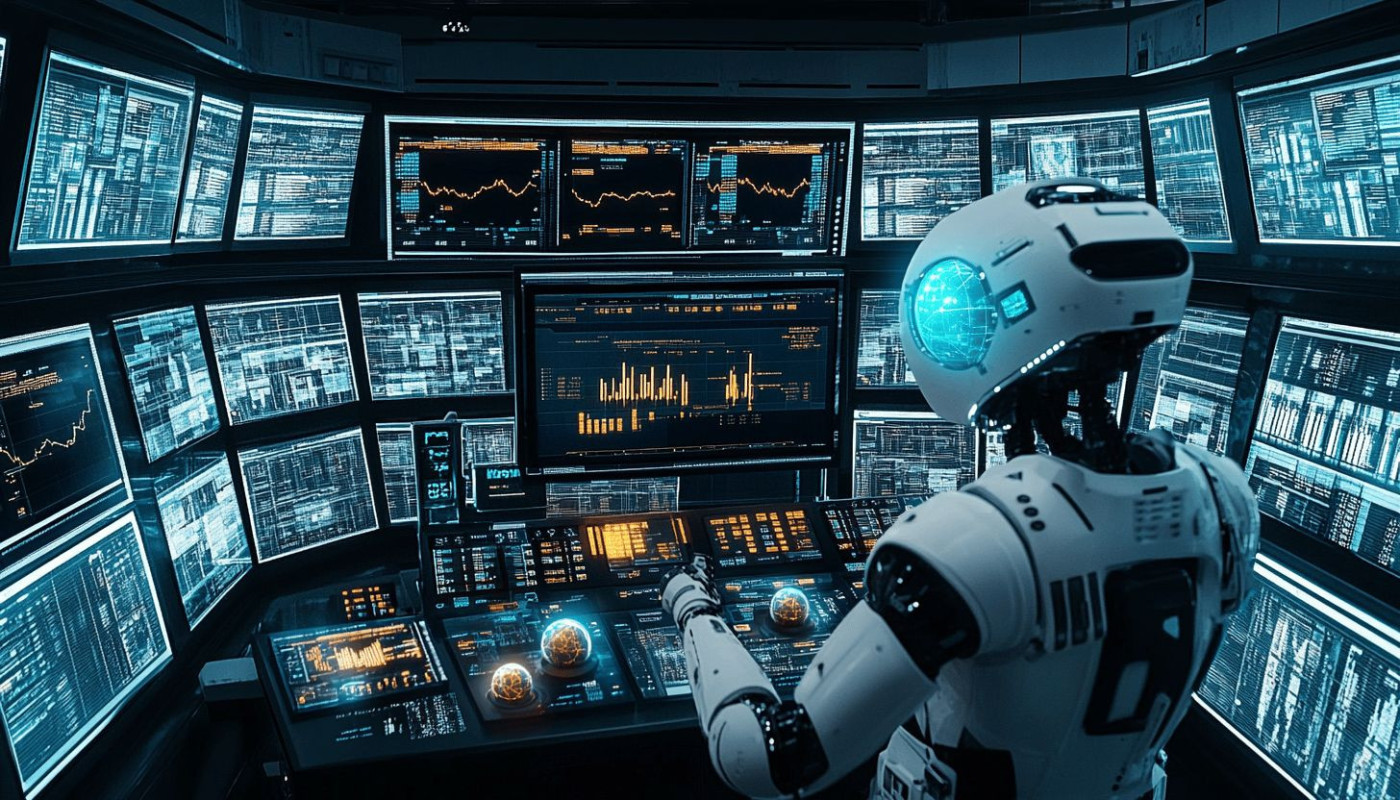Table of contents
The rapid evolution of artificial intelligence is dramatically transforming the landscape of creative industries, especially with the advent of automated image generation. This technological leap is unlocking unprecedented opportunities for artists, designers, and businesses, pushing the boundaries of visual storytelling and content creation. Explore how these innovations are reshaping workflows, democratizing artistic expression, and setting the stage for a new era of creativity.
The rise of generative algorithms
Generative AI powered by neural networks is transforming digital art and automated design across creative industries. With advancements in deep learning, systems can now interpret vast datasets, exploring latent space to generate original images far beyond traditional manual techniques. Creative automation enables designers to produce diverse outputs rapidly, scaling content creation in a way that manual processes cannot match. This shift is not only speeding up production but also unlocking innovative forms of expression, as generative algorithms reinterpret styles, concepts, and even entire visual genres. Automated design tools offer an unprecedented range of options, allowing creators to iterate and experiment more freely, while ensuring visual consistency and efficiency in large-scale projects. As generative AI becomes increasingly integrated, the boundaries between human creativity and machine-driven innovation continue to blur, fostering a dynamic new era in digital art.
Democratizing artistic expression
Automated AI image generation is reshaping creative industries by putting advanced design capabilities into the hands of anyone with access to a computer. Through intuitive user interfaces, high-quality tools now enable accessible creativity for individuals and small businesses that once relied on costly design professionals. This shift increases the democratization of art, allowing people lacking traditional artistic skills to realize their visions and participate in content creation. The implications for inclusive design are profound, as AI platforms encourage visual storytelling from a far wider range of backgrounds, cultures, and perspectives. Creative empowerment rises as these technologies lower barriers, giving voice to new creators while fueling rapid innovation in graphic design, marketing, and digital media. For those seeking further insight into these developments and their impact, great post to read offers detailed examples of how AI image generation is driving a more diverse and innovative creative landscape.
Transforming creative workflows
Automated image generation powered by artificial intelligence is dramatically reshaping creative workflow across advertising, fashion, and media production. By automating repetitive tasks such as background removal, color correction, and layout adjustments, AI efficiency enables professionals to allocate more time to ideation and conceptual development. The rapid prototyping capabilities brought by AI tools accelerate the iteration cycle, letting teams experiment with multiple visual concepts swiftly before settling on a direction. This digital transformation not only boosts overall productivity but also opens new avenues for creative exploration, as less energy is spent on labor-intensive processes. In practice, creative professionals are empowered to deliver higher-quality results in shorter timeframes, transforming traditional production pipelines and redefining the boundaries of modern media creation.
Ethical considerations and challenges
Automated image generation powered by artificial intelligence introduces significant ethical concerns within creative fields. Central issues include questions about AI ethics, particularly when determining the originality and authorship of AI-produced works. The blurred lines between human and machine-generated content raise ongoing debates about copyright in AI, as existing laws often struggle to address the complexities of data provenance and intellectual property in the digital age. Image authenticity also becomes increasingly difficult to verify, amplifying risks related to misinformation and manipulation. To address these challenges, creative industry standards must adapt and prioritize responsible AI practices. This involves establishing clear guidelines for attribution, ensuring robust documentation of data sources, and implementing transparent processes for verifying the origin of visual content. Such measures are vital to protect both creators’ rights and consumers’ trust, supporting a sustainable, ethical evolution of the creative landscape.
The future of creative industries
The future of creativity is being reshaped as automated image tools become increasingly sophisticated, enabling unprecedented visual innovation within creative industries. This progression indicates a shift toward a human-in-the-loop approach, where creative professionals actively guide and refine the outputs of AI systems. AI collaboration promises to amplify artistic expression, blending computational speed with human intuition to generate new forms, styles, and genres that once seemed unattainable. In the coming years, expect to see a surge in collaborative art projects where human creators and AI systems co-create, resulting in unique visual narratives and experiences. As roles within creative industries evolve, professionals may transition from traditional hands-on techniques to becoming curators, editors, and conceptual directors who leverage automated image tools to push the boundaries of artistic possibility, fostering a renaissance in visual innovation across media, design, and entertainment.
Similar articles

Exploring The Benefits Of Automated Kubernetes Cluster Management

Enhancing Plant Breeding Efficiency Through Centralized Germplasm Management

Unraveling Quantum Computing: A Game Changer in the Digital World

